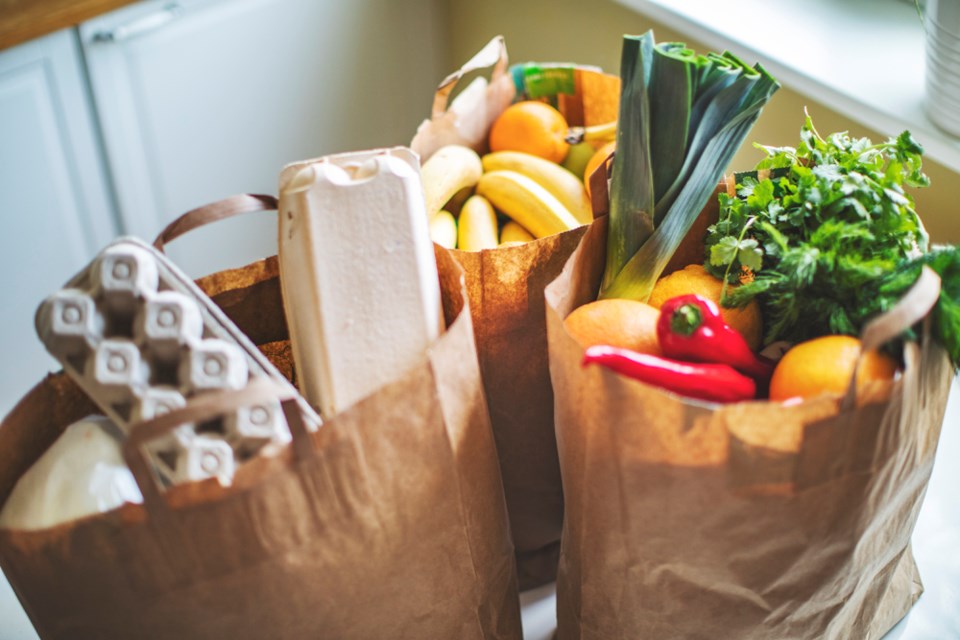Food insecurity is on the rise in Canada and it’s single moms, Indigenous and Black families and those with disabilities who are bearing much of the brunt of the problem, according to a new Statistics Canada report.
The rate of food insecure households in 2022 rose 12.5 per cent from the year prior, reaching nearly one in five families, or 18 per cent, up from 16 per cent in 2021 — that’s 6.9 million Canadians.
The rate was also higher than in 2019, before the pandemic, when it was 17 per cent. Last year’s rate in B.C. was the second lowest among the 10 provinces, at 16.8 per cent.
Perhaps most concerning is that the national data collector extracted data from the 2021 Canadian Income Survey, when the food inflation rate was one per cent in January 2021 and rose to 5.2 per cent in December 2022. The findings do not factor in a food inflation rate that hit 8.8 per cent in June 2022.
Food security refers to “when all people, at all times, have physical and economic access to sufficient safe and nutritious food that meets their dietary needs and food preferences for an active and healthy life.”
Statistics Canada crunched the numbers on who was facing food insecurity and found compounding factors to income and employment, such as single-parent households, education among income earners and home ownership status.
“In 2022, almost half (48%) of single mothers below the poverty line and 40% above the poverty line struggled with food insecurity. Single mothers most at risk were those with other interrelated risk factors, such as having less than a high school diploma, being unemployed, and living in a rental unit,” the report stated.
And being above the poverty line wasn’t a foolproof escape for food insecurity, the analysis showed. As an example, which also highlights differences among races, 14 per cent of “non-Indigenous and non-racialized” families above the poverty line were food insecure whereas 21 per cent of their counterparts were food insecure.
“Overall, there was no difference between the racialized and the non-racialized, non-Indigenous families below the poverty line in terms of the prevalence of food insecurity,” the report stated.
However, when “racialized families” (who were below the poverty line) were examined separately, the analysis found Chinese (24%) and South Asian Canadians (25%) were less likely to be food insecure than Black Canadians (56%).
But stable employment and a post-secondary education were bulwarks against food insecurity: those who were “chronically unemployed” or unemployed all year had a food insecurity rate three times higher than those with jobs.
Social assistance isn’t enough to be well fed in this country, as 56 per cent of families whose major source of income was government transfers were food insecure.
As for age, food insecurity rises as people reach middle age, as parental support wanes and financial obligations rise, the data showed: “Around 23% of families with the major income earner aged 16 to 24 reported food insecurity, compared to 46% of those aged 35 to 44 years.”



